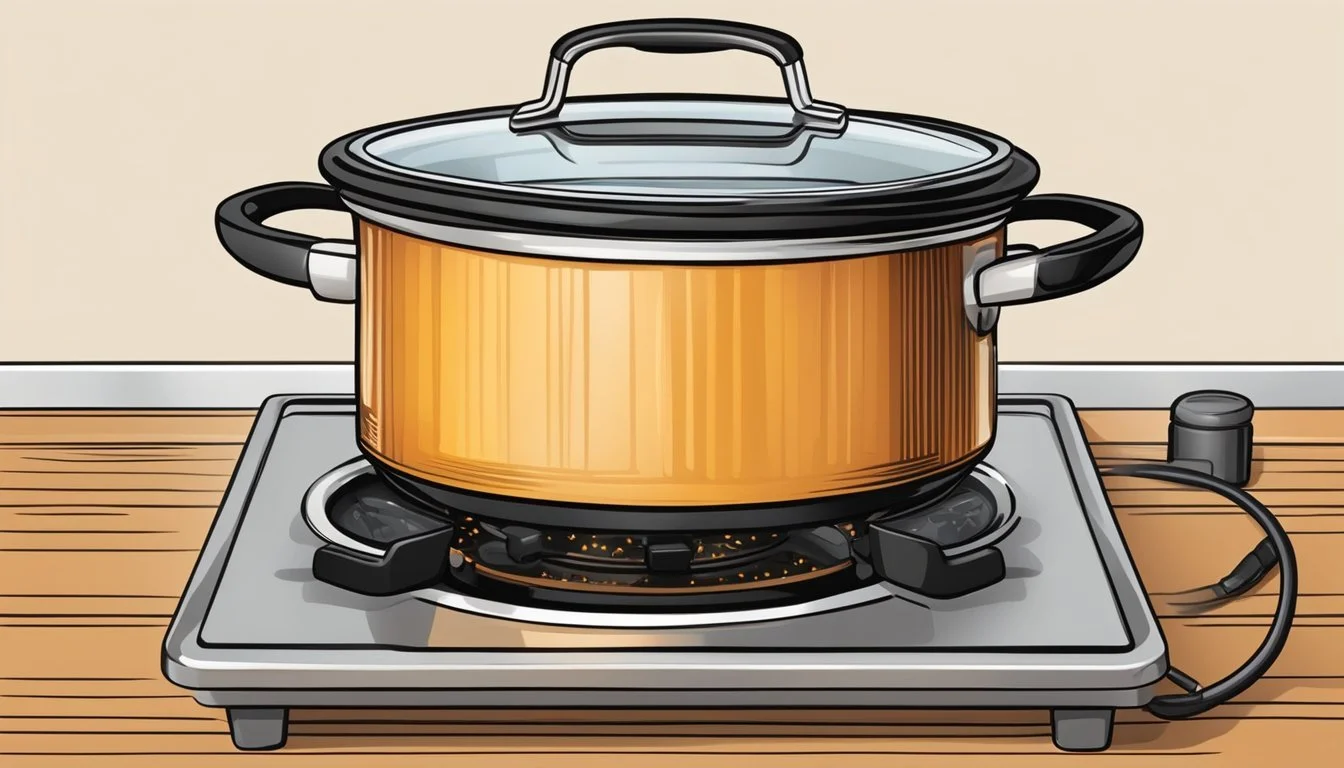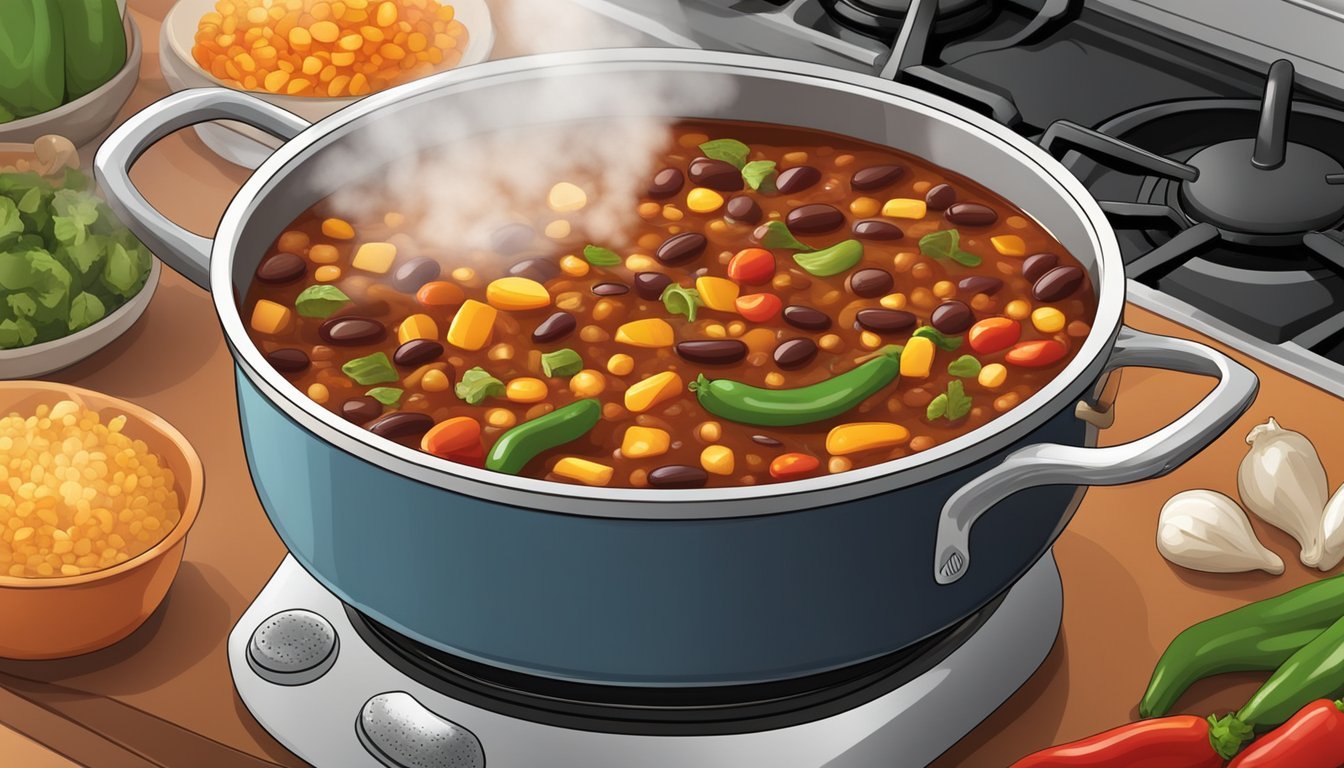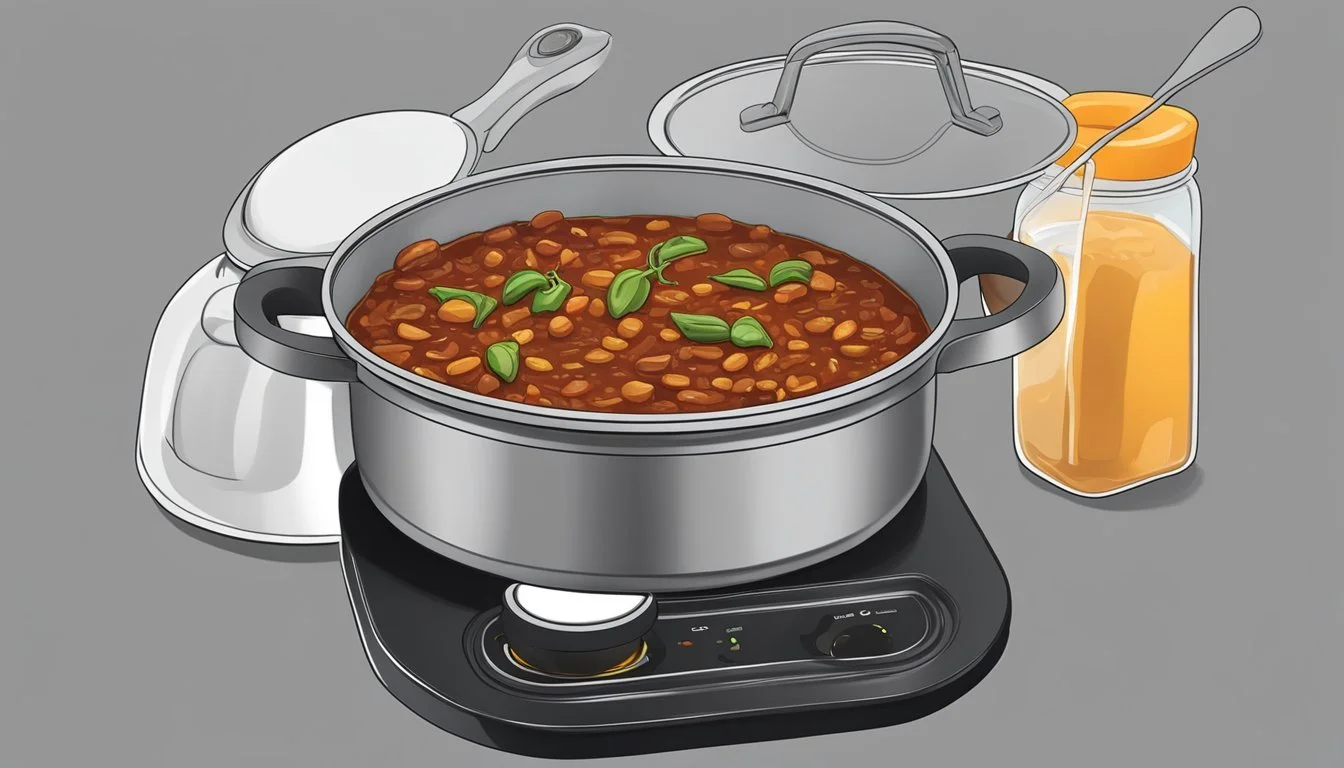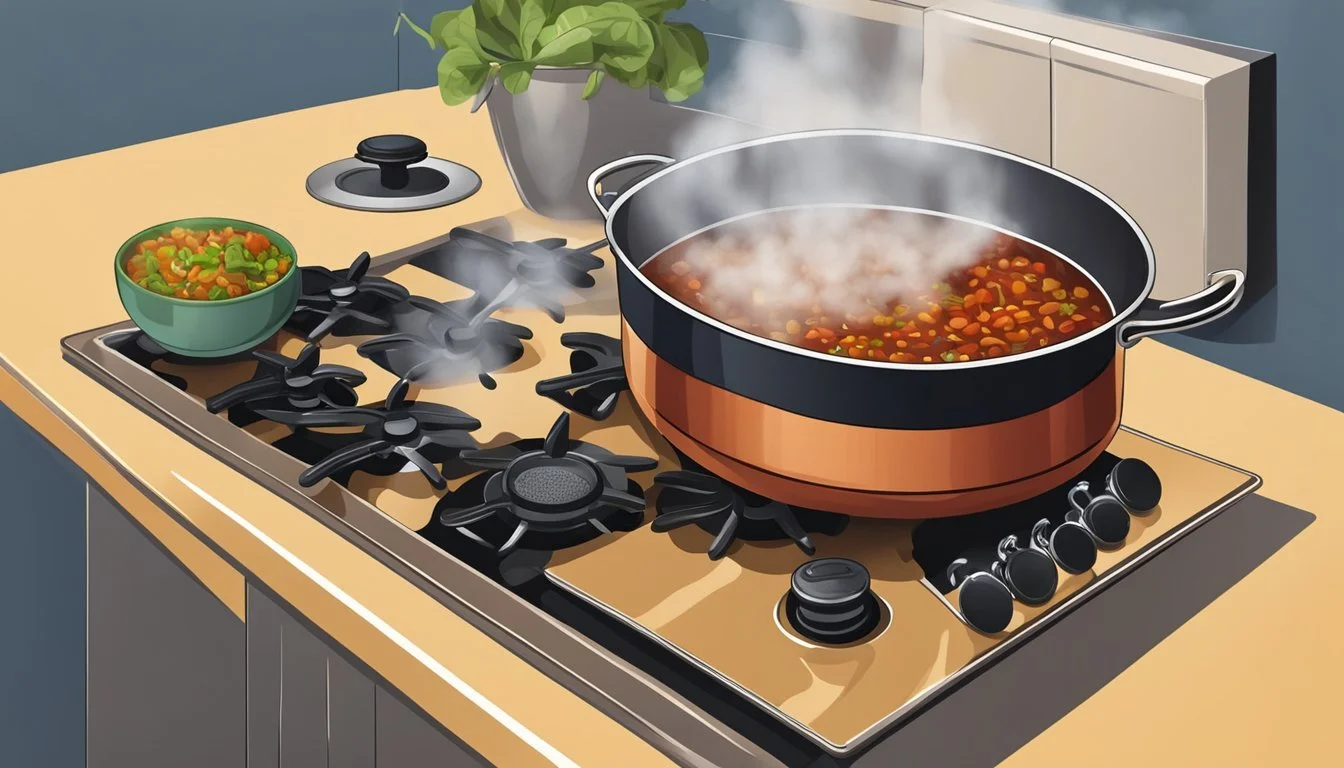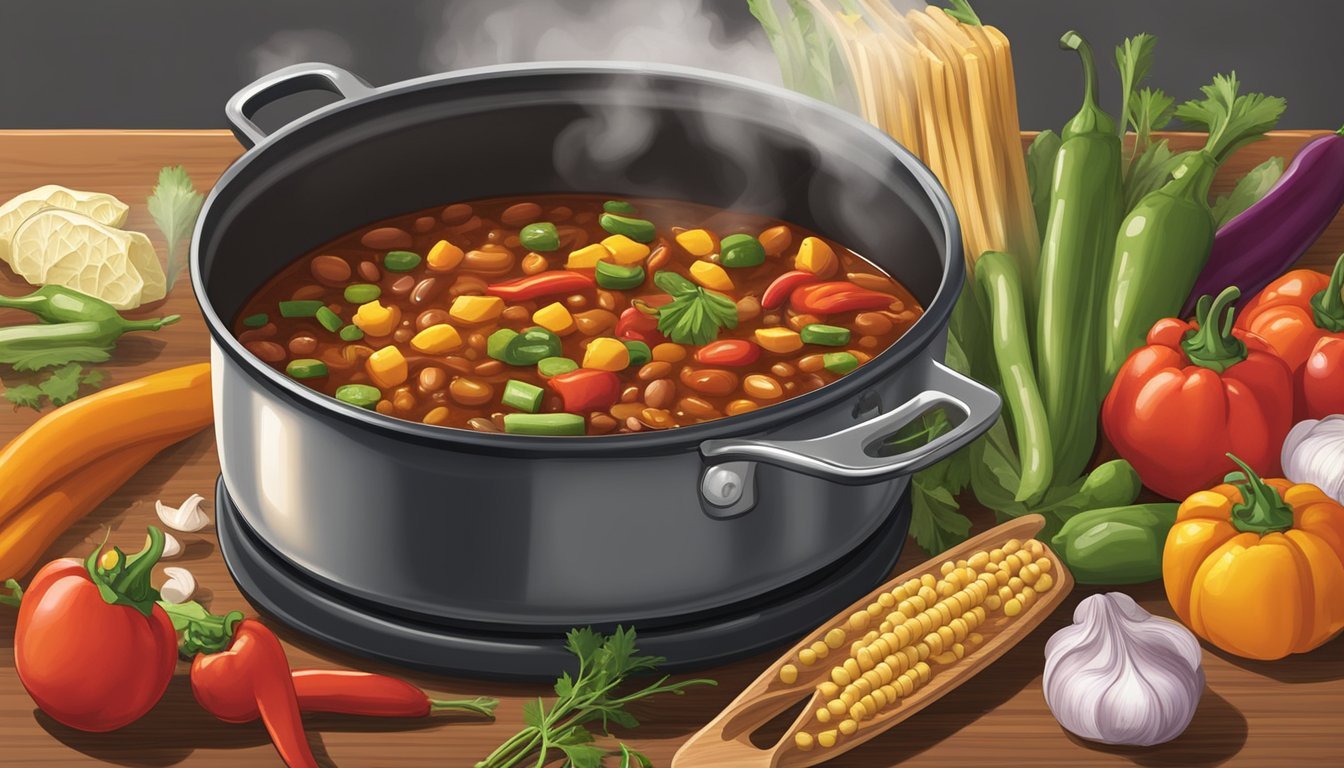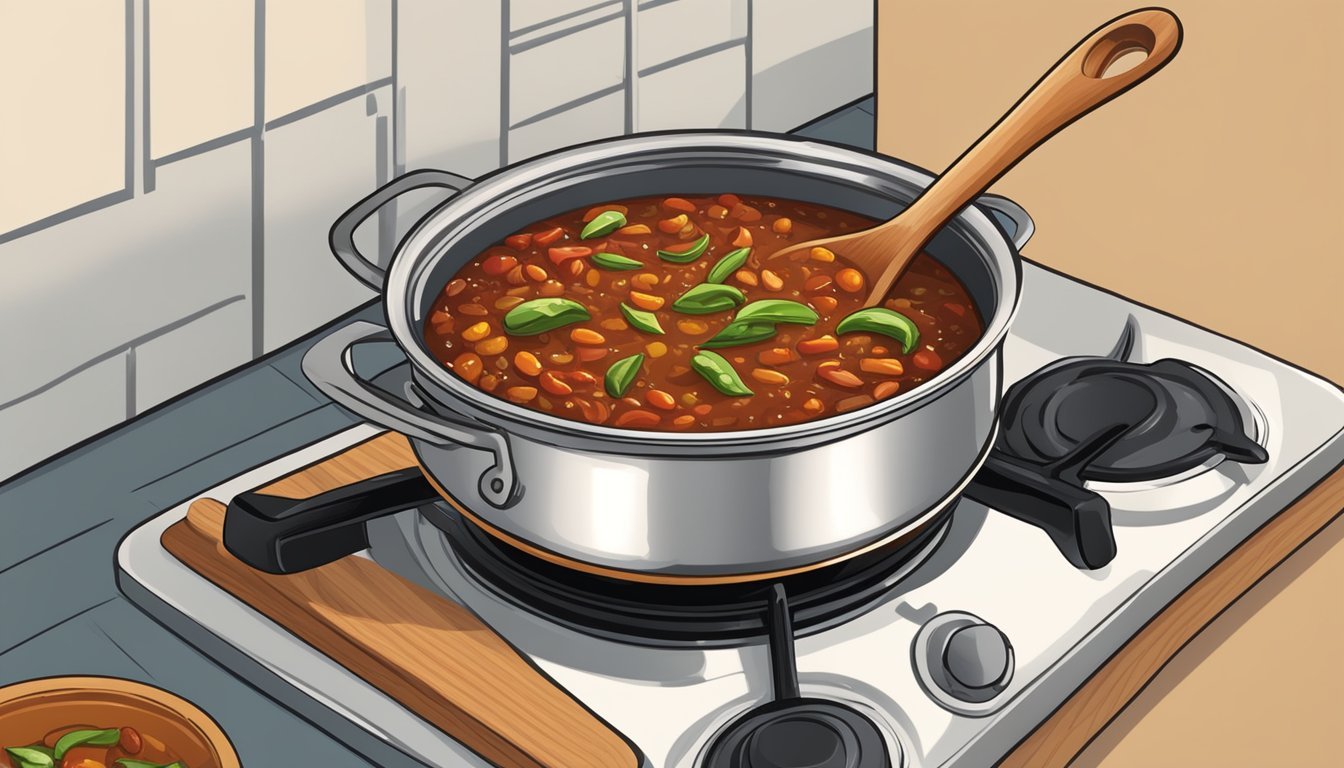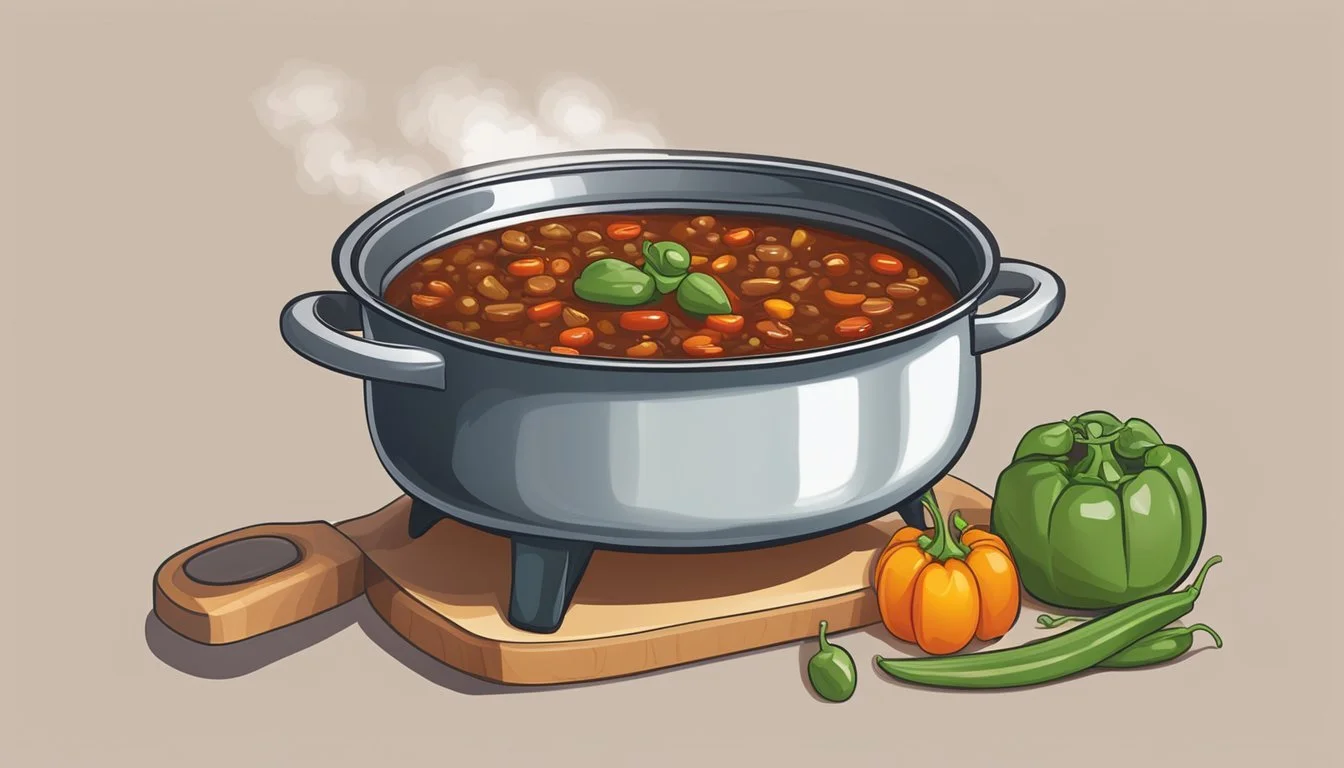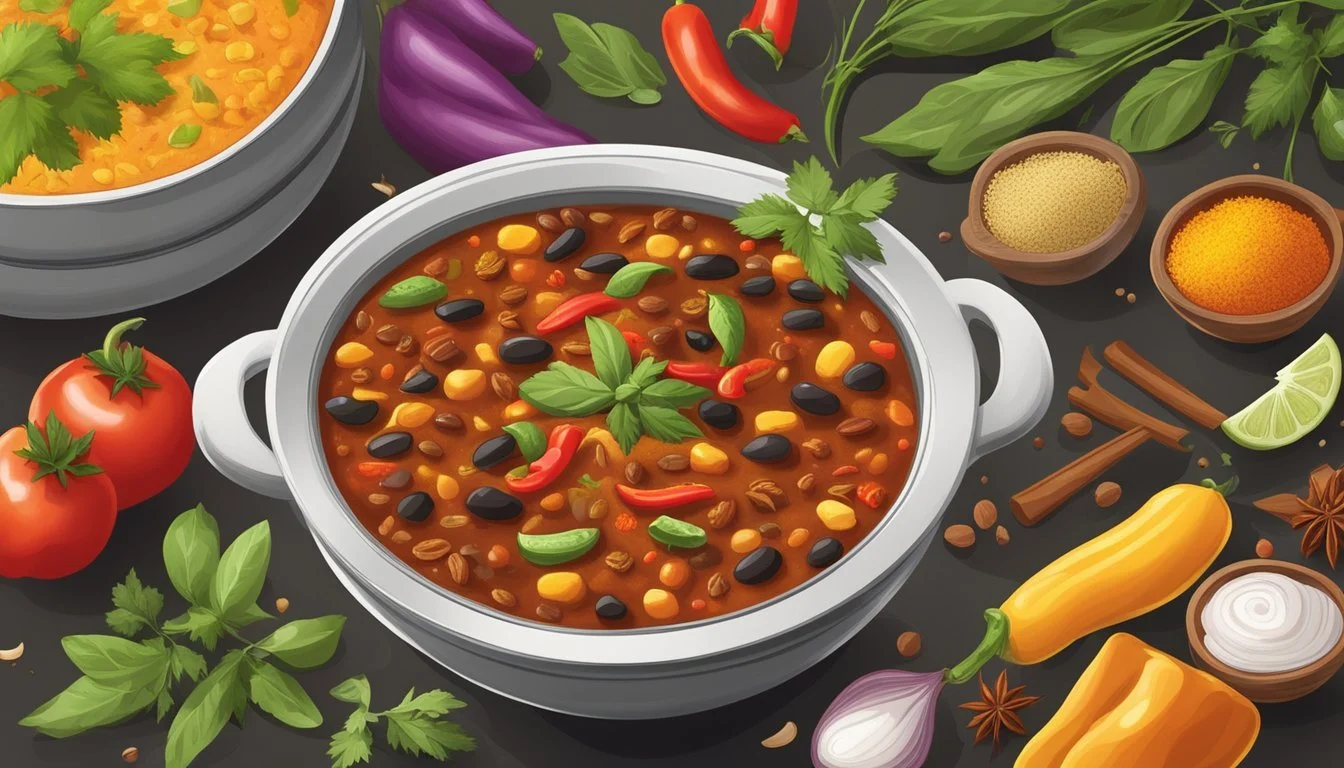Best Way to Reheat Vegetarian Chili
Tips for Preserving Its Hearty Taste
Vegetarian chili is a staple meal for those seeking both nutrition and comfort in a single dish. Reheating this dish properly is as essential as its initial preparation, as it ensures the rich blend of flavors and hearty textures are preserved. With an array of vegetables, beans, and spices, vegetarian chili is dense with ingredients that can become overcooked or lose their robust flavors if reheated incorrectly.
The best methods to reheat vegetarian chili involve gentle and even heat distribution. Whether choosing to warm it on the stovetop, in the microwave, or in the oven, the key is to maintain the chili's moisture while bringing it back to a palatable temperature. Techniques such as stirring regularly, covering the dish, and avoiding high heat, all play a role in ensuring the chili remains as savory and satisfying as when it was first cooked.
Careful reheating not only enhances the dining experience but also extends the life of vegetarian chili, making it a practical choice for meal prepping. It allows the dish to maintain its quality and flavor, providing a hearty meal that can be enjoyed multiple times throughout the week. With the right approach, reheated vegetarian chili can be just as delightful as the original serving.
The Essentials of Vegetarian Chili
Before diving into the intricacies of vegetarian chili, it's important to acknowledge that the foundation of this comforting dish lies in its harmonious blend of robust beans, piquant spices, and nutritious variety of vegetables.
Key Ingredients for Rich Flavor
When crafting a vegetarian chili, the depth of flavor largely depends on the choice of primary ingredients. Beans serve as the protein-packed cornerstone, with black beans and kidney beans being popular selections due to their hearty textures and ability to absorb flavors well. Fresh vegetables such as onions, carrots, and celery add essential layers of flavor, while garlic and tomatoes contribute a base of aromatic undertones. For those looking to add a touch of natural sweetness and color, sweet potatoes (What wine goes well with sweet potatoes?) can be a delightful addition.
Protein: Black beans, kidney beans
Veggies: Onion, garlic, carrot, celery, sweet potato
Base: Tomatoes
Understanding Chili Spices
The spice blend in chili is what sets each recipe apart. Chili powder and cumin are fundamental spices that impart the characteristic earthiness and smokiness expected in chili. Properly layering these spices during the cooking process can either enhance or overwhelm the end product. One must ensure a balance where the spices complement rather than dominate the flavor profile.
Crucial spices include:
Chili powder
Cumin
The Role of Beans in Chili
Beans are not just filler; they are vital for texture, nutritional value, and flavor. They provide ample fiber and protein, making the chili a filling meal suitable for a vegetarian diet. The use of both black and kidney beans ensures a varied texture and a mix that appeals to the palate. They should be simmered until tender but not mushy, to maintain a satisfying mouthfeel.
Beans contribute:
Protein
Fiber
Texture
Preparation Before Reheating
Proper preparation is essential to ensure that the flavors and textures of vegetarian chili are maintained during reheating. The two critical aspects to address are how the chili has been stored and the method of thawing if it has been frozen.
Proper Storage Techniques
Before reheating, they should ensure that the chili was stored correctly. Leftover chili should be placed in an airtight container to prevent the absorption of other flavors from the refrigerator and protect against drying out. Storage in the fridge is suitable for short-term, whereas freezing is recommended for longer periods. For the fridge, chili should be consumed within 3-4 days, and for the freezer, it will last for up to 2-3 months.
Fridge Storage: Seal in an airtight container; consume within 3-4 days.
Freezer: Freeze in airtight containers or heavy-duty freezer bags.
Thawing Frozen Chili
When chili is frozen, they should thaw it properly to maintain quality. Transferring the frozen chili to the refrigerator is the safest method, which allows it to thaw gradually, usually overnight. Avoid thawing chili at room temperature as this can lead to bacterial growth. Quick thawing methods, like using a microwave or placing the container in cold water, are acceptable if the chili will be reheated immediately afterward.
Refrigerator Thawing: Transfer to fridge; allow to thaw overnight.
Quick Thawing: Only if immediate reheating is planned.
Reheating Vegetarian Chili
Reheating vegetarian chili requires a method that preserves its texture and flavors. While the goal is to achieve a uniform warmth, one must be careful to avoid drying out the ingredients or causing them to become mushy.
Stovetop Method
One can reheat chili on the stove by placing it in a pot over medium heat. It’s important to add a small amount of water or broth to prevent the chili from sticking to the bottom. Constant stirring is beneficial to ensure even reheating without burning.
Microwave Technique
For a quick reheating option, the microwave can be used. Place the vegetarian chili in a microwave-safe bowl and add a splash of water or broth to maintain the chili's moisture. Cover the bowl with a microwave-safe lid or wrap, and heat in short intervals, stirring between each to promote even distribution of heat.
Oven Reheating
The oven method involves transferring the chili into an oven-safe dish and adding a small amount of liquid, like water or broth, to keep it from drying out. Cover the dish with a lid or aluminum foil and reheat at a moderate temperature, approximately 325°F, ensuring a gentle and thorough warming process.
Reheating in a Slow Cooker or Instant Pot
Using a slow cooker or an Instant Pot offers a gentler reheating method, which is ideal for larger batches. One should add the chili along with a bit of extra liquid to avoid drying. Set the device on a low heat setting and allow the chili to warm slowly, occasionally stirring to help distribute the heat.
Seasoning Adjustments Post-Reheating
After reheating vegetarian chili, the flavors may have altered, necessitating seasoning adjustments. Ensuring that the chili retains its balance of heartiness and freshness is the goal of these post-reheating tweaks.
Balancing Spices and Herbs
The prolonged heating process can dull certain spices. Chefs might find the need to reinvigorate the chili's flavor profile with a careful addition of spices. It is important to taste the chili and incrementally increase the levels of salt and ground pepper to enhance the overall flavor. If the chili has lost some of its robustness, a pinch of ground cumin can bring back the warmth and depth. For chili that has become too spicy or intense, adding a small amount of sugar can balance the heat.
Salt: Start with a small pinch and adjust to taste.
Ground Pepper: A light sprinkle can sharpen flat flavors.
Ground Cumin: Half a teaspoon can restore earthy tones.
Sugar: A pinch may counteract excessive spice.
Adding Freshness with Herbs
Introducing fresh herbs after reheating can add layers of flavor and a vibrant burst of freshness. A sprinkle of fresh oregano leaves can provide a subtle piquancy, particularly if the dried oregano used initially has mellowed out. The zest and juice of a lime can be especially transformative, offering a citrusy lift that complements the earthy spices like cumin and paprika. This finishing touch should be done off the heat to preserve the herb's qualities.
Oregano: One to two teaspoons of the fresh leaves, finely chopped.
Lime: Squeeze the juice of half a lime for a bright, acidic contrast.
Enhancing the Chili
A well-rehearsed strategy for elevating a vegetarian chili involves both amplifying its nutritional content and bolstering the depth of flavor. Focusing on protein enhancement and strategic vegetable add-ins can transform a simple chili into a robust, nutrient-dense meal that pleases the palate as much as it satisfies dietary needs.
Incorporating Additional Proteins
Plant-based Proteins: To enrich the chili with additional proteins without deviating from a vegetarian diet:
Beans: Mix in a variety of beans such as kidney beans, black beans, or chickpeas to diversify the protein profile.
Lentils: Lentils, particularly in a well-spiced lentil soup, work well as a chili ingredient, contributing both protein and a hearty texture.
Tofu or Tempeh: For a twist, one can crumble tofu or tempeh into the chili. Marinating it first in chili spices can boost the flavor.
Vegetable Add-Ins for Extra Nutrition
Vegetable Boost: Introducing more vegetables can enhance both nutritional value and flavor:
Dark Leafy Greens: Spinach or kale can be wilted into the chili, adding a wealth of vitamins and minerals.
Bell Peppers and Carrots: These vegetables, sautéed until just tender, contribute sweetness and vitamin C.
Sweet Potatoes: Cubed sweet potatoes add a flavorful and nutrient-rich dimension, with their high fiber content and essential vitamins.
By selecting the right combination of proteins and vegetables, one ensures the chili remains not only flavorful and satiating but also aligned with a balanced diet.
Serving Vegetarian Chili
When serving vegetarian chili, one is faced with an array of choices for garnishes and sides that can complement and enhance the dish's hearty flavors.
Garnishes and Toppings
A chili's appeal often lies in the toppings one chooses. A dollop of sour cream can add a cool, creamy counterbalance to the chili’s warmth. Diced avocados or guacamole bring a buttery texture and richness to every spoonful, making the dish more satisfying. For a splash of freshness, fresh cilantro can be sprinkled on top. It offers an aromatic lift that cuts through the heartiness of the chili. Shredded cheese, such as cheddar or Monterey Jack, melts delightfully on the hot surface, providing a delicious gooey element.
The choice of garnishes may include, but is not limited to:
Sour cream
Avocado or guacamole
Fresh diced tomatoes
Shredded cheese
Fresh cilantro
Pairings with Chili
Chili is often enjoyed to its fullest with the right pairing. Cornbread, with its sweet and cakey texture, acts as an excellent side that soaks up chili's robust sauce. It also contrasts the spices with its subtle sweetness. For those who prefer a crunch, tortilla chips can be either crumbled over the chili or used as a scoop, adding a textural contrast and a salty bite to the meal.
Ideal pairings with vegetarian chili:
Cornbread
Tortilla chips
Salad with a light vinaigrette
Steamed rice or quinoa for a hearty addition
By carefully selecting the appropriate toppings and sides, one can turn a simple bowl of vegetarian chili into a well-rounded, enjoyable meal.
Maintaining the Perfect Texture
When reheating vegetarian chili to preserve its hearty characteristics, texture is paramount. Chili should maintain its thick and substantial quality, ensuring that each spoonful provides the comfort food experience one anticipates from such a dish. The key to achieving this is gentle heat and moisture control.
One must avoid overheating, as excessive heat can break down the vegetables and legumes, causing them to become mushy. An oven or stovetop provides suitable control over temperature. For oven reheating, a moderate temperature of 325°F to 350°F is ideal. They should cover the chili with a lid or aluminum foil to create a moist environment, which prevents drying out.
Method Temperature Duration Note Oven 325°F - 350°F 20-30 minutes Covered to retain moisture Stovetop Low to Medium Variable Stir occasionally and add liquid if needed
On the stovetop, the individual should use a low to medium heat and stir the chili occasionally to ensure even warming without scorching. If the mixture appears too thick, they can add a small amount of water or vegetable broth to adjust consistency without diluting the flavors.
It is important to warm the chili gradually, bringing it up to a temperature where it is hot throughout but has not started to break down—a thermometer check for an internal temperature of 165°F ensures food safety while maintaining texture.
In summary, reheating vegetarian chili with care on either the stovetop or oven can preserve its robust texture. By managing heat and moisture, one ensures the chili remains both easy to enjoy and satisfyingly substantial.
Final Tips for the Best Reheating Experience
When reheating vegetarian chili to preserve its robust flavors and ensure a meal that feels freshly made, one should adhere to specific practices. Here they are broken down into actionable steps:
Temperature Control: Gently warm the chili in an oven set between 325°F (163°C) to 350°F (177°C). This range aids in evenly reheating without compromising the chili's texture.
Moisture Retention: To prevent drying, add a tablespoon of water or vegetable stock per serving to the chili before reheating. This helps in maintaining the chili’s hearty consistency.
Covering: Whether using an oven or a crockpot, covering the chili with a lid or aluminum foil is crucial. It locks in moisture and ensures flavors remain rich and intact.
Stirring: If reheating on a stovetop, one should stir the chili occasionally. This promotes even heating and helps integrate the flavors more thoroughly.
Reheating Time: Avoid rushing the process. For ovens and crockpots, larger quantities may take 20-45 minutes while smaller portions could take 15-30 minutes. Monitoring is key to prevent overheating.
Method Oven Temperature Added Liquid Covering Time Oven 325°F to 350°F 1 tbsp/serve Foil or Lid 15-45 minutes Stovetop N/A 1 tbsp/serve Optional Lid As needed Crockpot Low to Medium 1 tbsp/serve Lid 2-3 hours
Applying these tips enhances the reheating process, making for a repast that's as enjoyable and flavorful as when it was initially prepared. Remember, patience during reheating is the secret to a dish that one can savor to the last spoonful.

